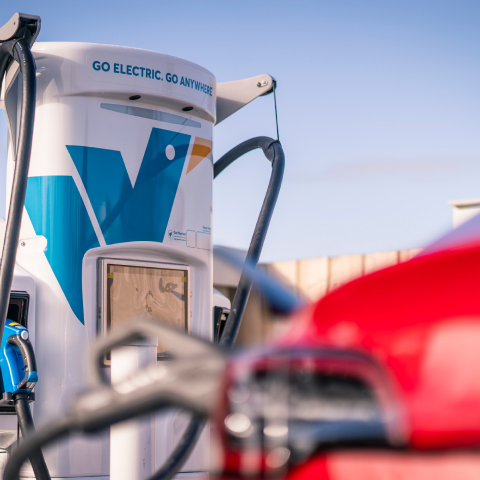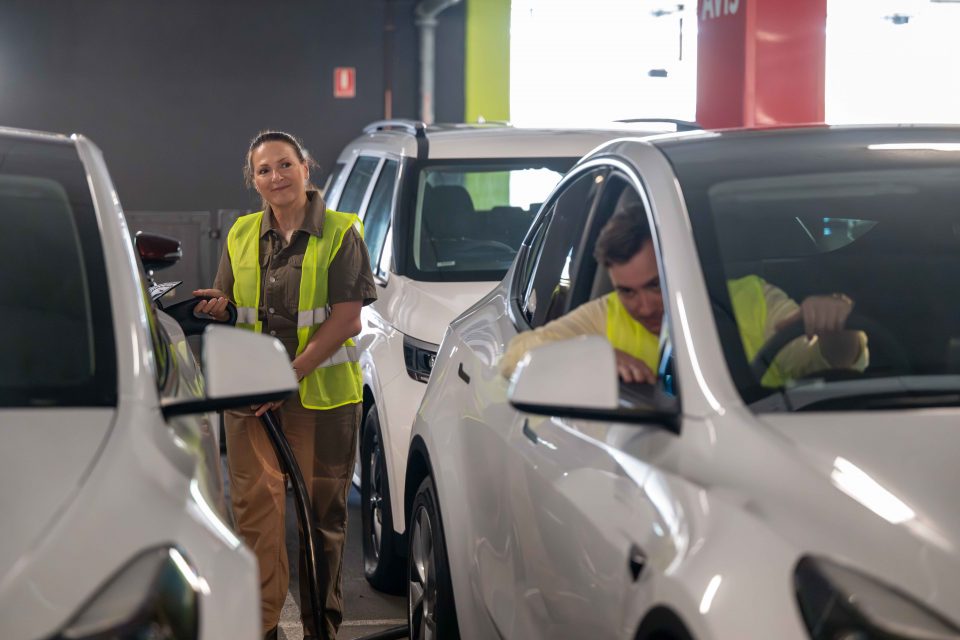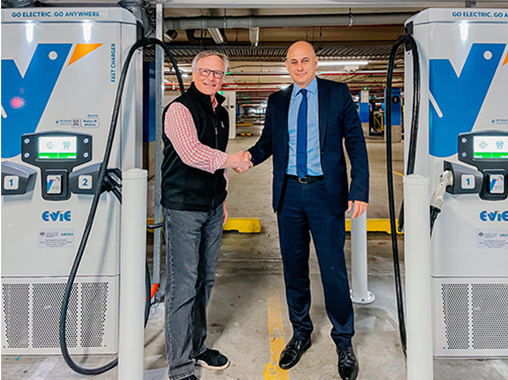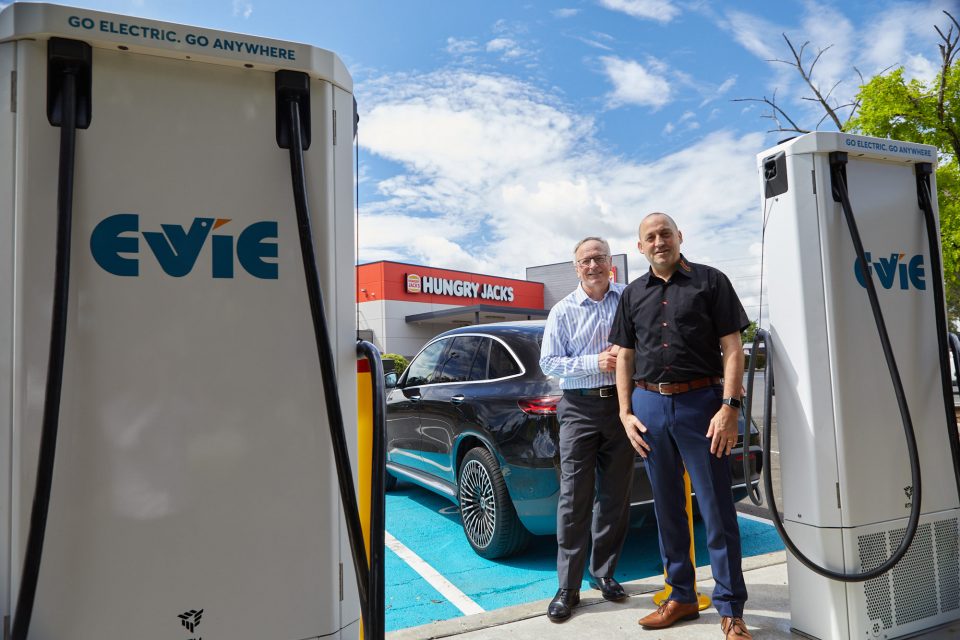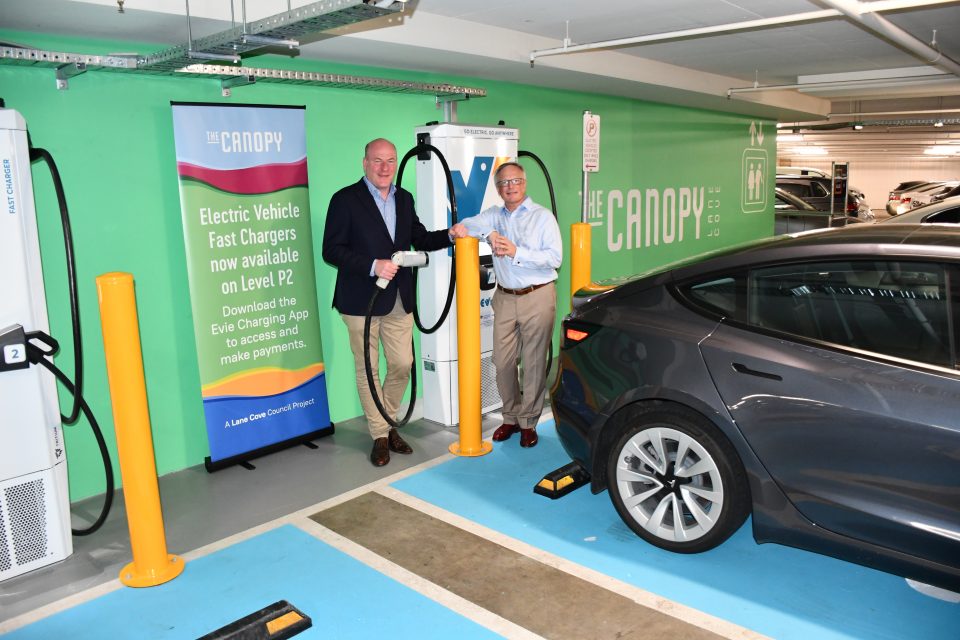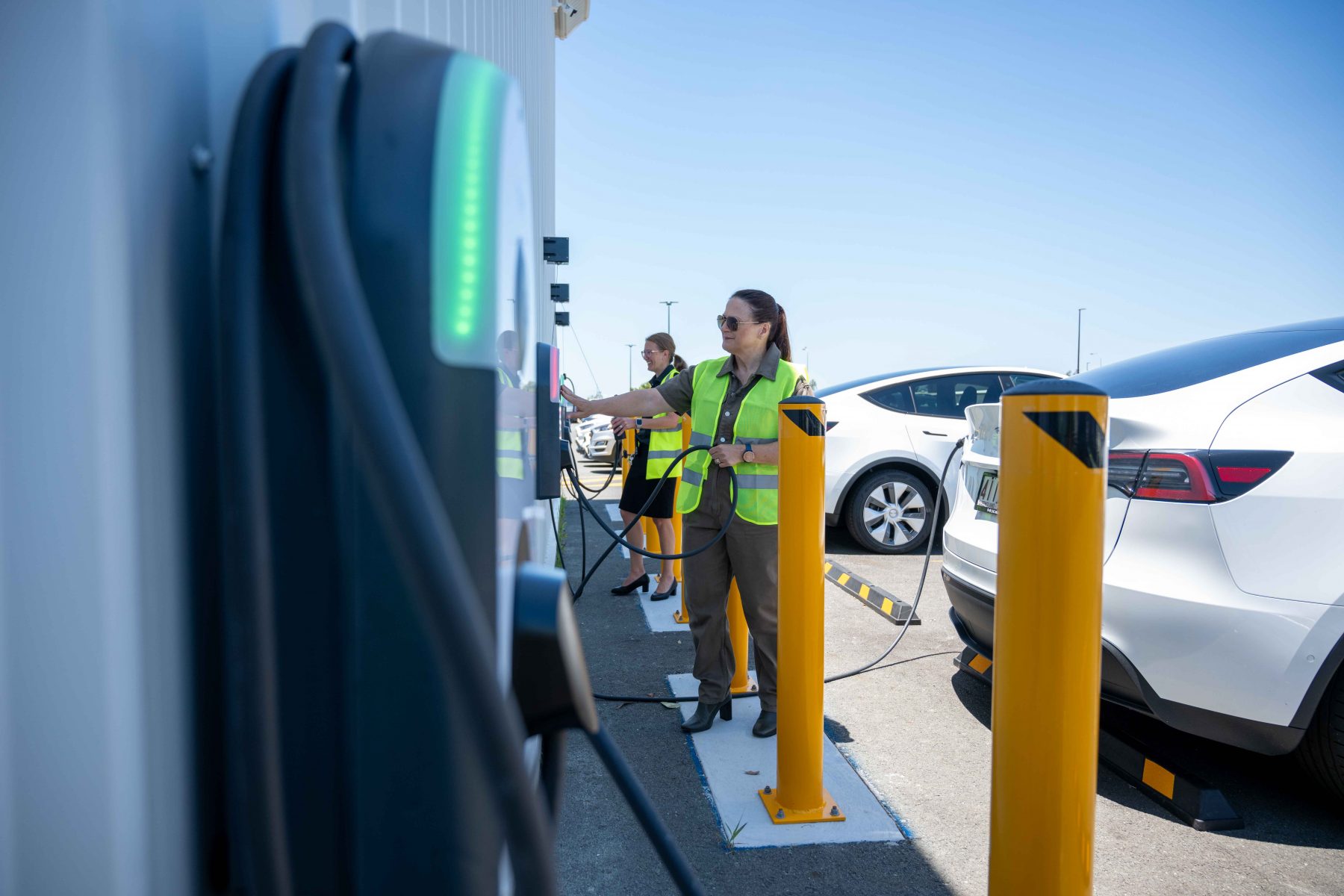
So, your Sustainability Manager said it’s time to move to electric vehicles (EVs)? Or perhaps you saw an EV gliding past and wondered how you could support your fleet’s transition to EVs?
Whatever the reason, there are several key things to consider as you start to make the shift to an electric vehicle fleet.
1. Pace your way to success
Start small! To better understand how EVs will fit into your day-to-day operations, we recommend testing them out with a segment of your fleet first. Start by looking at your current vehicle usage and identifying which vehicles are most suitable to be the first to transition. These are typically your light passenger vehicles that travel around 100-200kms a day and park at the depot overnight.
Then, find a willing driver cohort that is keen to try something new and exciting. Regularly involve them in feedback sessions. This will help you understand the needs of your drivers, whilst creating a collaborative approach towards full adoption. As you bring them on the EV fleet journey, these drivers will serve as your internal change management champions!
By testing a segment of your fleet first, you can assess how an EV fleet will meet your operational needs and collect usage data (e.g. Kms travelled) that will also help inform what charging solutions you’ll require.
Speaking of charging, don’t stress about needing to have a physical charger onsite during this stage. Simply power up your test EV fleet using public fast chargers located along your routes. Charging up is as simple as getting RFID cards (also known as charge cards) issued from public charging providers like Evie. These charge cards are linked to your business account, so all drivers need to do is plug in and tap. With charge cards, you can kiss the mess of individual expense claims goodbye. Every charge session is summarised into a single invoice at the end of each month, making it a fuss-free billing experience. The best part about using public fast chargers first? Your fleet will be up and running straight away, and you’ll only pay for what you use.
2. Watt’s charging your EV fleet?
We know that every situation is complex and unique. Some fleets struggle with landlords, others struggle with futureproofing their sites with enough charging bays. To help keep it simple, all you need to know is that there are three main ways to charge your EV fleet:
-
Onsite chargers
What: Standalone physical chargers built onsite. These are ideal for fleet operators that can install charging infrastructure at their depots. Charging speeds can vary from 45 minutes to 10 Hours*.*
-
Public charging networks
What: A network of charging stations that are publicly accessible and available for any EV to use. These range from lower powered AC (provides a full charge in 6 to 10 hours*) to ultra-fast DC chargers (provides a full charge in under 1 hour*). Public chargers are typically in public spaces like parking lots, shopping centers, highways and metro areas.
-
Home chargers
What: Standalone physical charger installed in a home garage delivering a full charge in 6 to 10 hours*
*Dependent on EV make, model and state of battery upon charging
And here’s the thing – You don’t have to just pick one. Depending on your fleet’s operational needs, combining charging options could service you even better. Our advice? Work with charging providers to determine the most suitable EV fleet solution that meets your needs.
3. Get your A-team together
Now that you’ve established a rough gameplan, don’t forget about putting together an all-star team to bring in a home run.
Some key roles include:
- Project lead: Communicates with internal stakeholders, manages the EV transition timeline and liaises with EV charging providers for smooth implementation
- Fleet manager: Oversees vehicle allocation, provides drivers support with charging, and monitors performance.
- Driver education: More than likely, it’ll be the first time your drivers have used any type of electric vehicle. Provide training to drivers on how to charge an electric fleet vehicle, charging protocols and etiquette
- Communications and branding: Communicate EV transition plan internally and externally to promote awareness and support for sustainability initiatives. Going green and being kinder to our planet is a great thing to shout about from the rooftops!
As you embark on the electrifying journey of transitioning to an EV fleet, take heart in knowing you’re contributing to a greener planet. When it comes to charging, don’t sweat it! Public charging networks like Evie Networks are your best pals during this exploratory phase that will help keep your fleet moving.
Here at Evie, we know exactly what it takes to electrify your fleet. Apart from being Australia’s leading public fast-charging network, we also have a complete suite of EV fleet charging solutions to suit your operational needs. From onsite charging solutions at depots to EV charge cards, and home charging for your team.
And we make electrification even easier with a dedicated project manager managing the rollout from start to end (even maintenance!). On-the-go or back at base, you can count on Evie to power up your electric vehicle fleet.
